
In the Philippines, provinces are one of its primary political and administrative divisions. There are 82 provinces at present, which are further subdivided into component cities and municipalities. The local government units in the National Capital Region, as well as independent cities, are independent of any provincial government. Each province is governed by an elected legislature called the Sangguniang Panlalawigan and an elected governor.
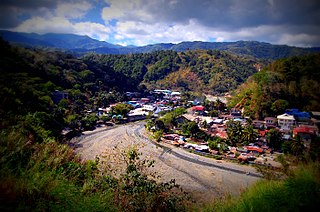
Nueva Vizcaya, officially the Province of Nueva Vizcaya, is a landlocked province in the Philippines located in the Cagayan Valley region in Luzon. Its capital is Bayombong. It is bordered by Benguet to the west, Ifugao to the north, Isabela to the northeast, Quirino to the east, Aurora to the southeast, Nueva Ecija to the south, and Pangasinan to the southwest. Quirino province was created from Nueva Vizcaya in 1966.

Quirino, officially the Province of Quirino, is a landlocked province in the Philippines located in the Cagayan Valley region in Luzon. Its capital is Cabarroguis. It is named after Elpidio Quirino, the sixth President of the Philippines.

The Cordillera Administrative Region, also known as the Cordillera Region and Cordillera, is an administrative region in the Philippines, situated within the island of Luzon. It is the only landlocked region in the insular country, bordered by the Ilocos Region to the west and southwest, and by the Cagayan Valley Region to the north, east, and southeast. It is the least populous region in the Philippines, with a population less than that of the city of Manila.

Dupax del Norte, officially the Municipality of Dupax del Norte, is a 3rd class municipality in the province of Nueva Vizcaya, Philippines. According to the 2020 census, it has a population of 33,295 people. Dupax del Norte, situated on the south-eastern part of Nueva Vizcaya, has a total land area of 396 square kilometers. It is bounded by the town of Kasibu in the north, Alfonso Castañeda in the east, Dupax del Sur in the south, and Bambang in the west. It has wide tracts of virgin forests, rich, fertile plains and valleys with mineral deposits and has a climate suitable for agriculture.

Alfonso Castañeda, officially the Municipality of Alfonso Castañeda, is a 1st class municipality in the province of Nueva Vizcaya, Philippines. According to the 2020 census, it has a population of 8,539 people.
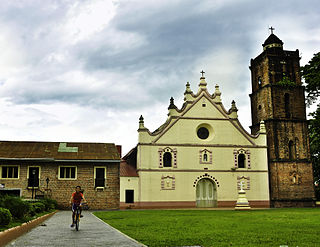
Dupax del Sur, officially the Municipality of Dupax del Sur, is a 2nd class municipality in the province of Nueva Vizcaya, Philippines. At the 2020 census, it had a population of 21,224 people.
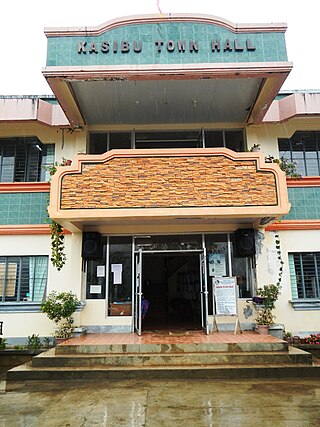
Kasibu, officially the Municipality of Kasibu, is a 3rd class municipality in the province of Nueva Vizcaya, Philippines. According to the 2020 census, it has a population of 41,776 people.

Quezon, officially the Municipality of Quezon, is a 4th class municipality in the province of Nueva Vizcaya, Philippines. According to the 2020 census, it has a population of 24,055 people.

Santa Fe, officially the Municipality of Santa Fe, is a 5th class, landlocked municipality in the province of Nueva Vizcaya, Philippines. According to the 2020 census, it has a population of 18,276 people.
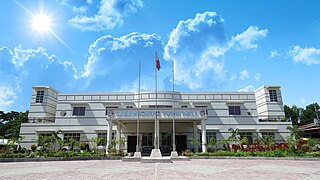
Cabarroguis, officially the Municipality of Cabarroguis, is a 3rd class municipality and capital of the province of Quirino, Philippines. According to the 2020 census, it has a population of 33,533 people.
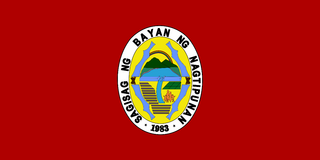
Nagtipunan, officially the Municipality of Nagtipunan, is a 1st class municipality in the province of Quirino, Philippines. According to the 2020 census, it has a population of 25,399 people. Nagtipunan is the largest town in terms of land area in Quirino and the entire Luzon island.

Saguday, officially the Municipality of Saguday, is a 5th class municipality in the province of Quirino, Philippines. According to the 2020 census, it has a population of 17,137 people.
The legislative districts of Nueva Vizcaya are the representations of the province of Nueva Vizcaya in the various national legislatures of the Philippines. The province is currently represented in the lower house of the Congress of the Philippines through its lone congressional district.
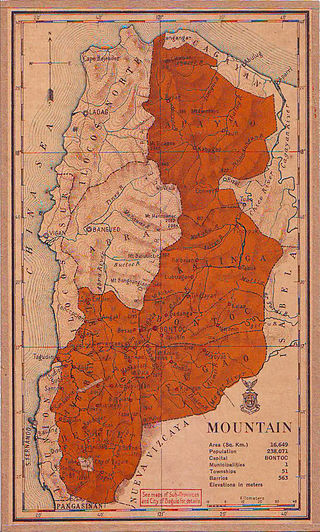
The sub-provinces of the Philippines were a political and administrative division of the Philippines. The sub-provinces were a part of a larger "regular" province and residents of a sub-province participated in provincial elections of the parent province.
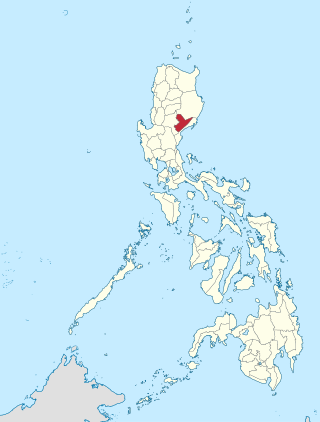
Quirino's at-large congressional district is the sole congressional district of the Philippines in the province of Quirino. It has been represented in the House of Representatives since 1987 and earlier in the Batasang Pambansa from 1984 to 1986.
The 1969 Quirino sub-provincial creation plebiscite was a plebiscite on separating the sub-province of Quirino from the province of Nueva Vizcaya in terms of provincial administration in accordance with Republic Act No. 5554 that was enacted on June 21, 1969. The law provided a separate provincial board for the sub-province of Quirino while retaining it within Nueva Vizcaya's congressional district.

The governor of Quirino is the local chief executive and head of the Provincial Government of Quirino in the Philippines. Along with the governors of Batanes, Cagayan, Isabela, Nueva Vizcaya, the province's chief executive is a member of the Regional Development Council of the Cagayan Valley Region.

Leonardo Balagot Perez was a Filipino politician who served as a member of the Philippine House of Representatives on behalf of the province of Nueva Vizcaya. He was a member of the Senate of the Philippines, and served in the cabinet of President Ferdinand Marcos.















